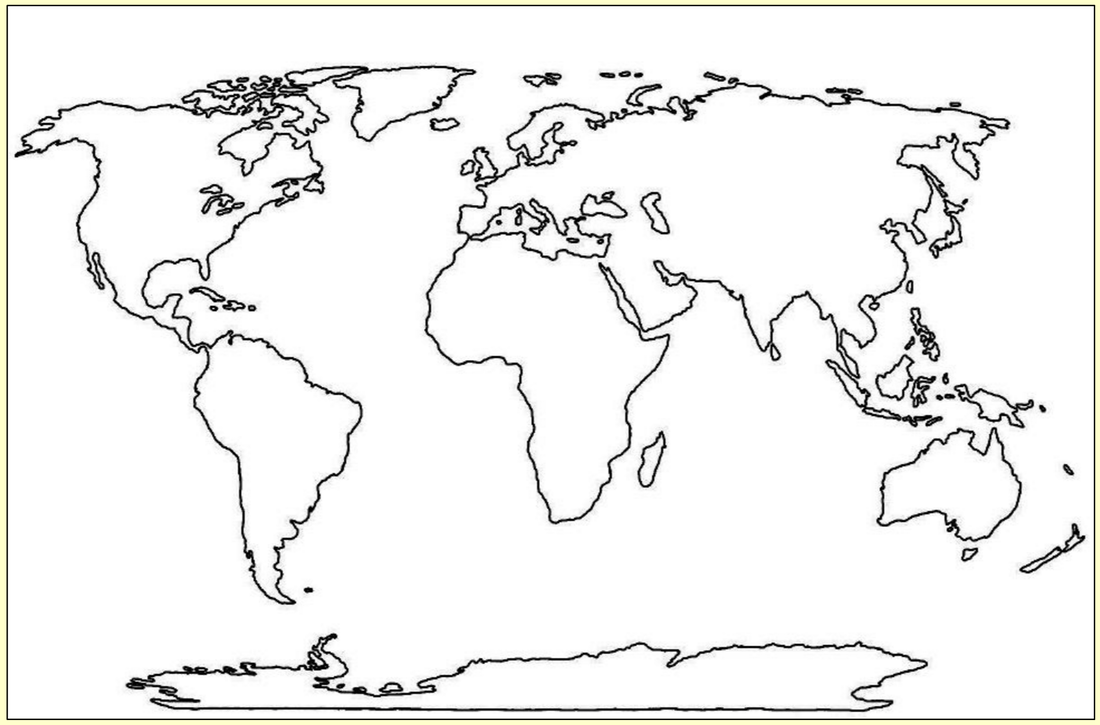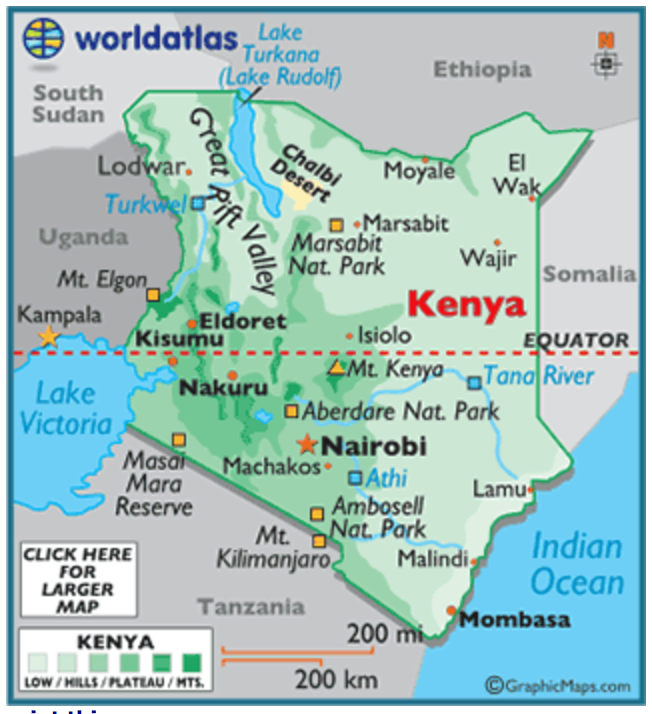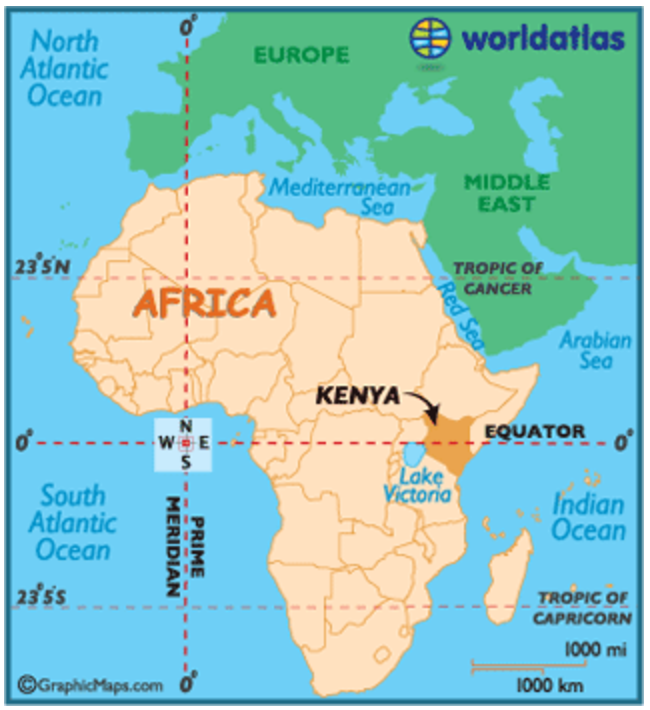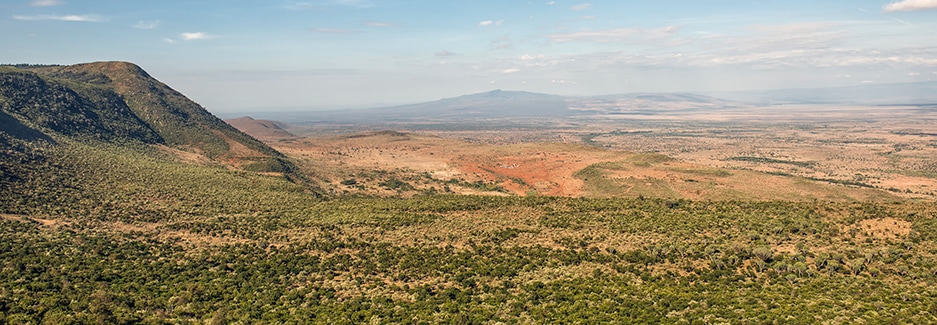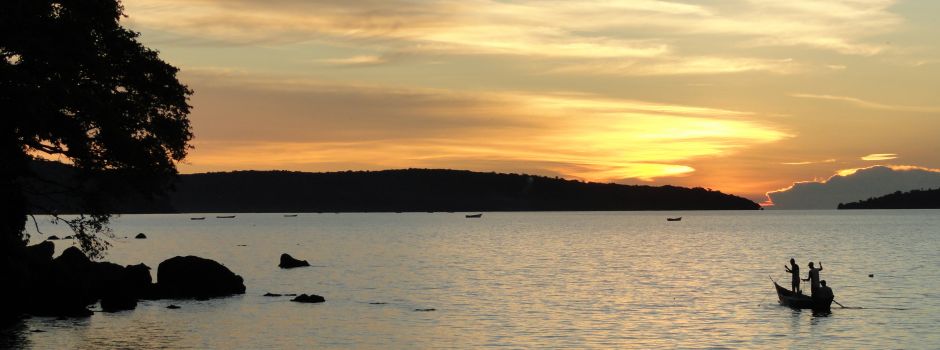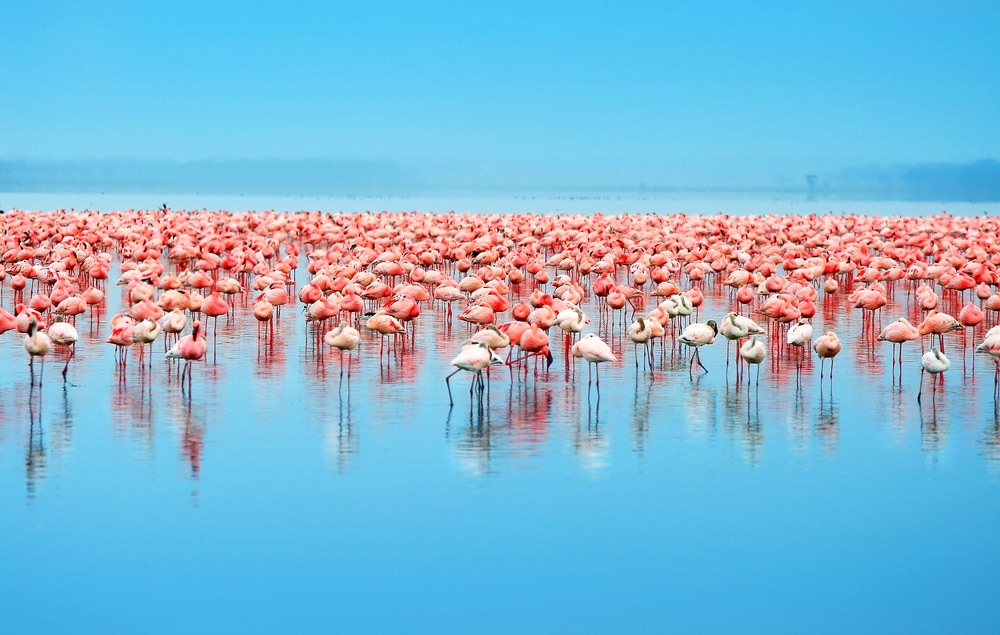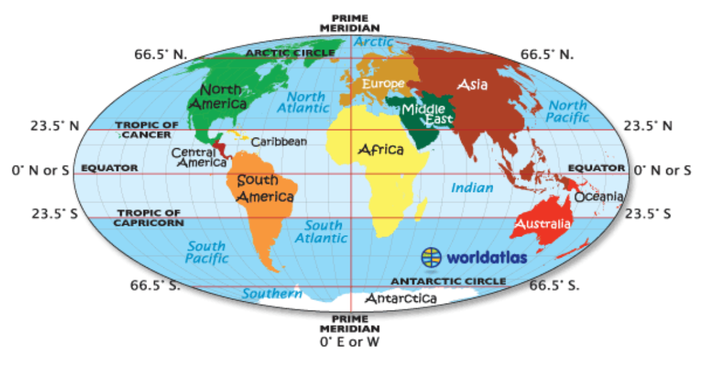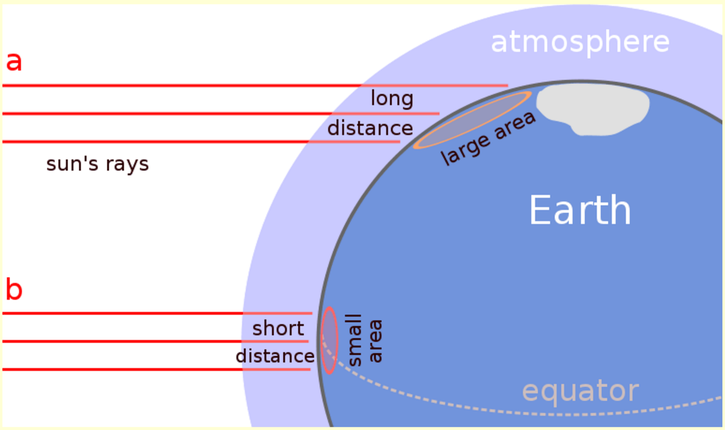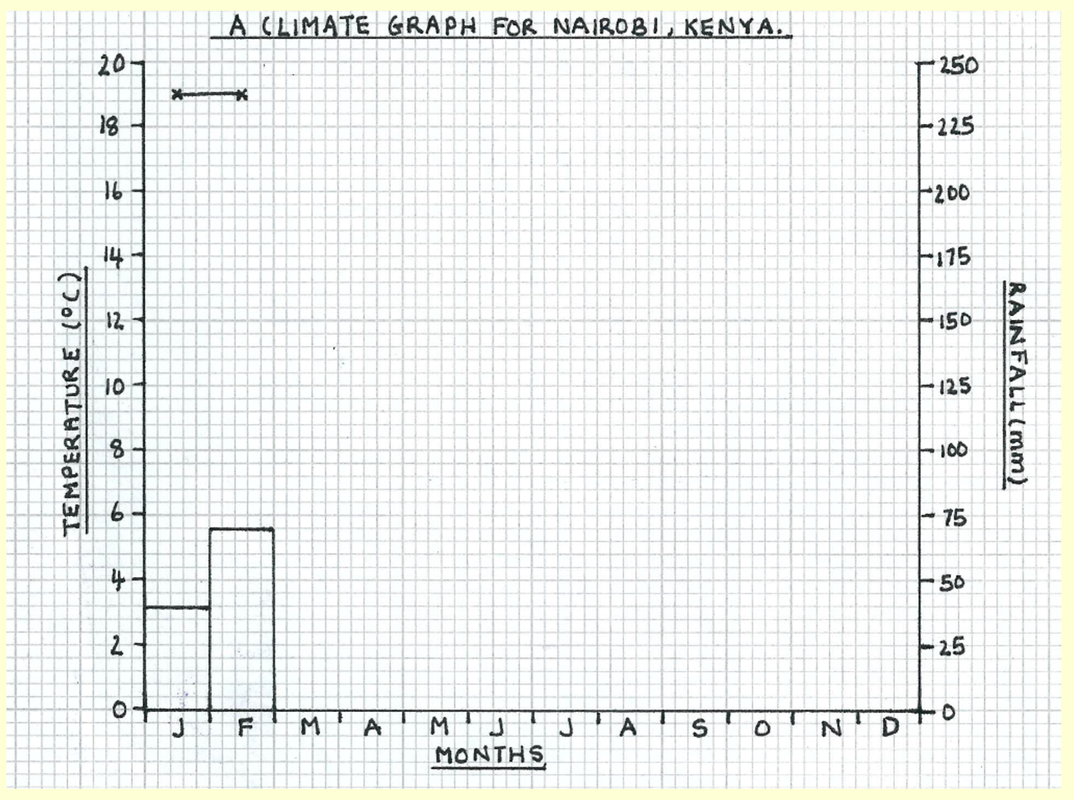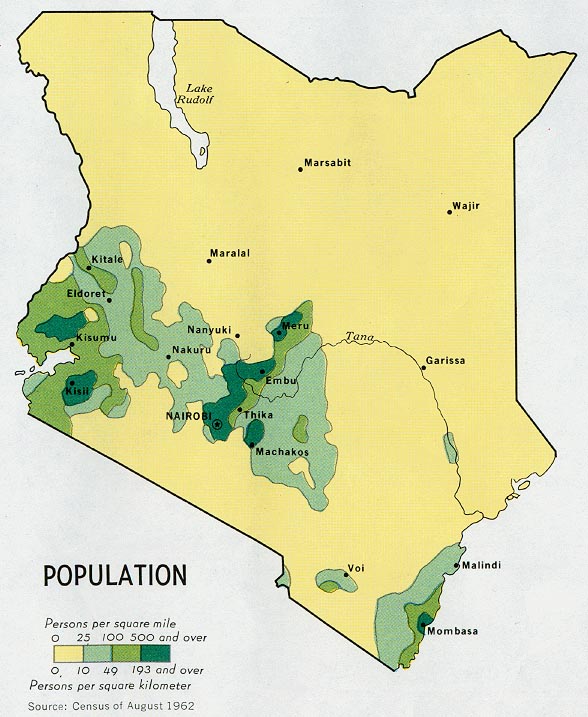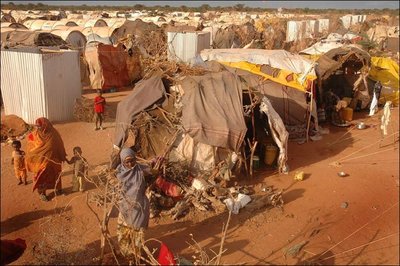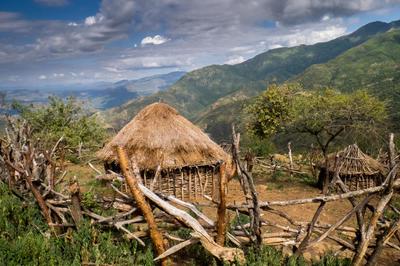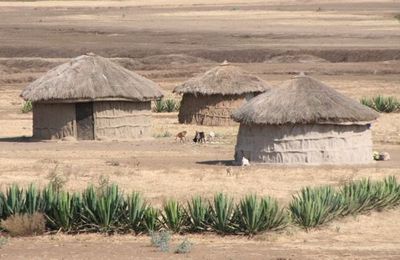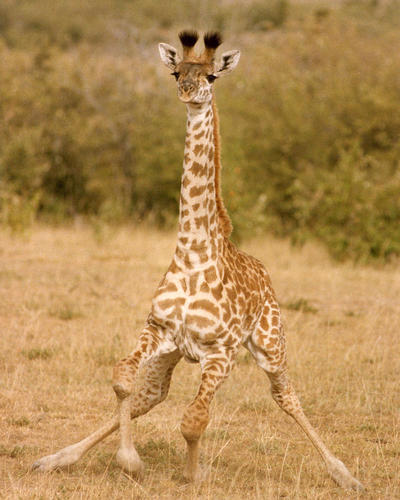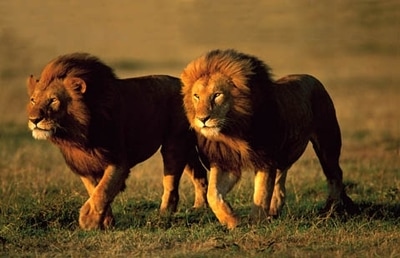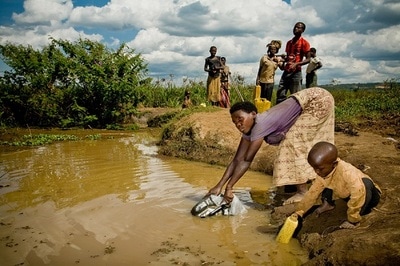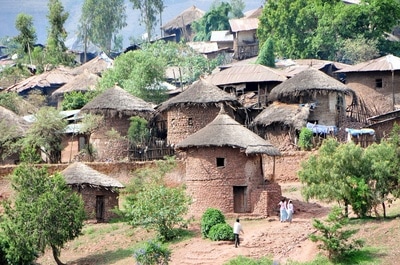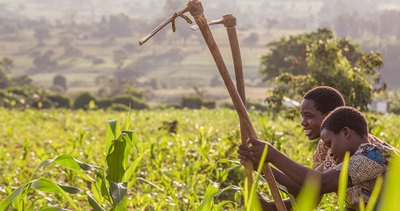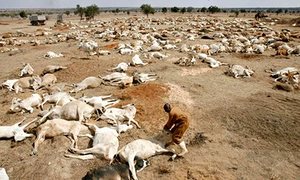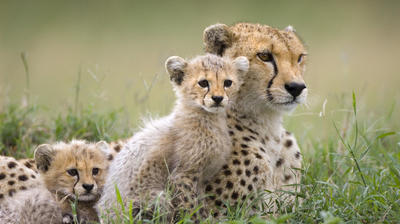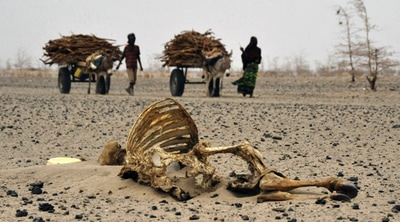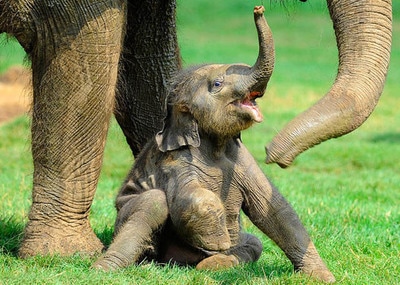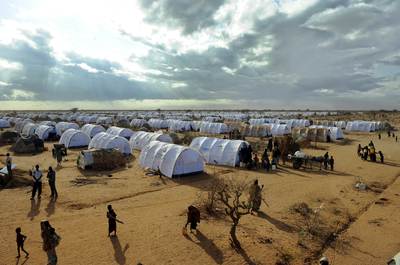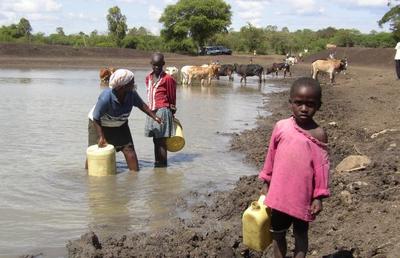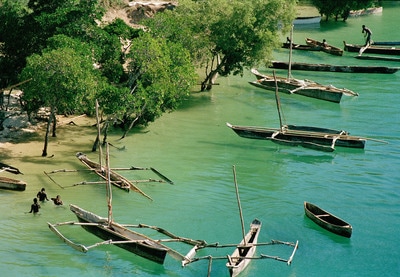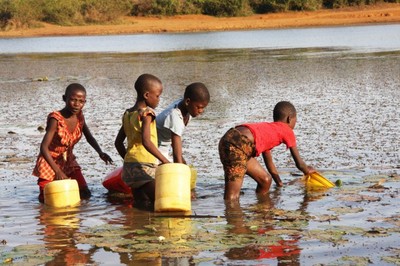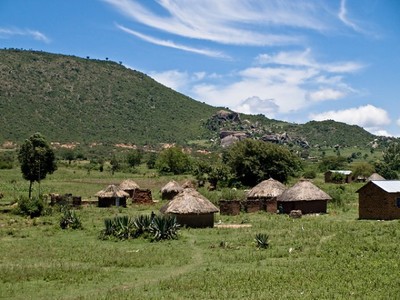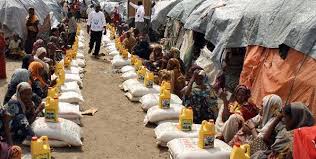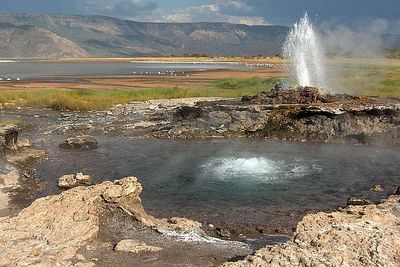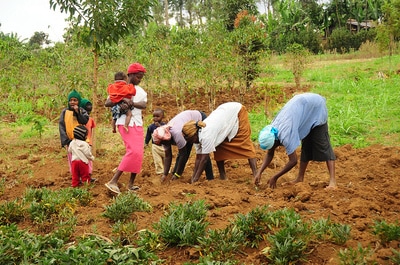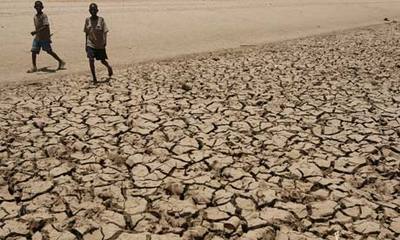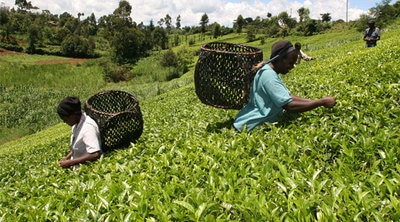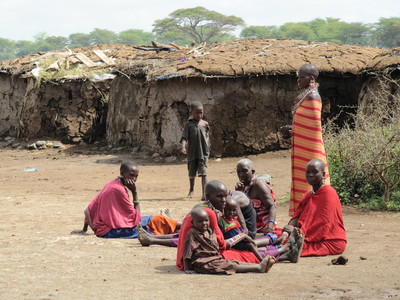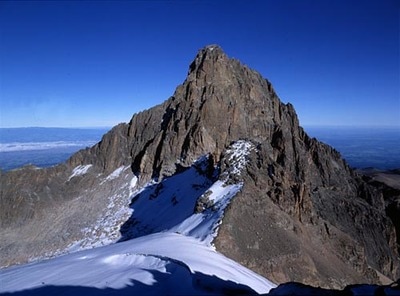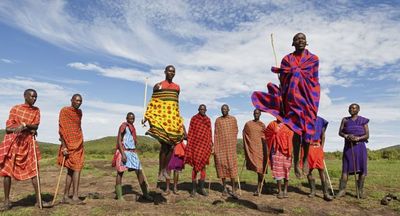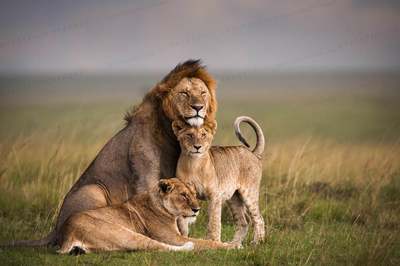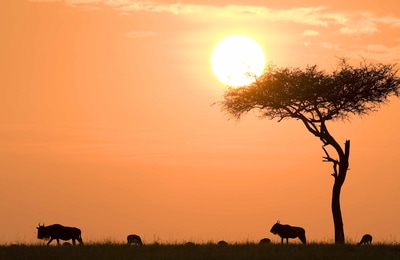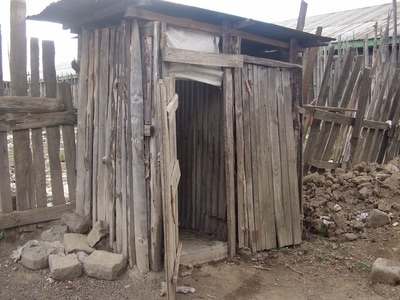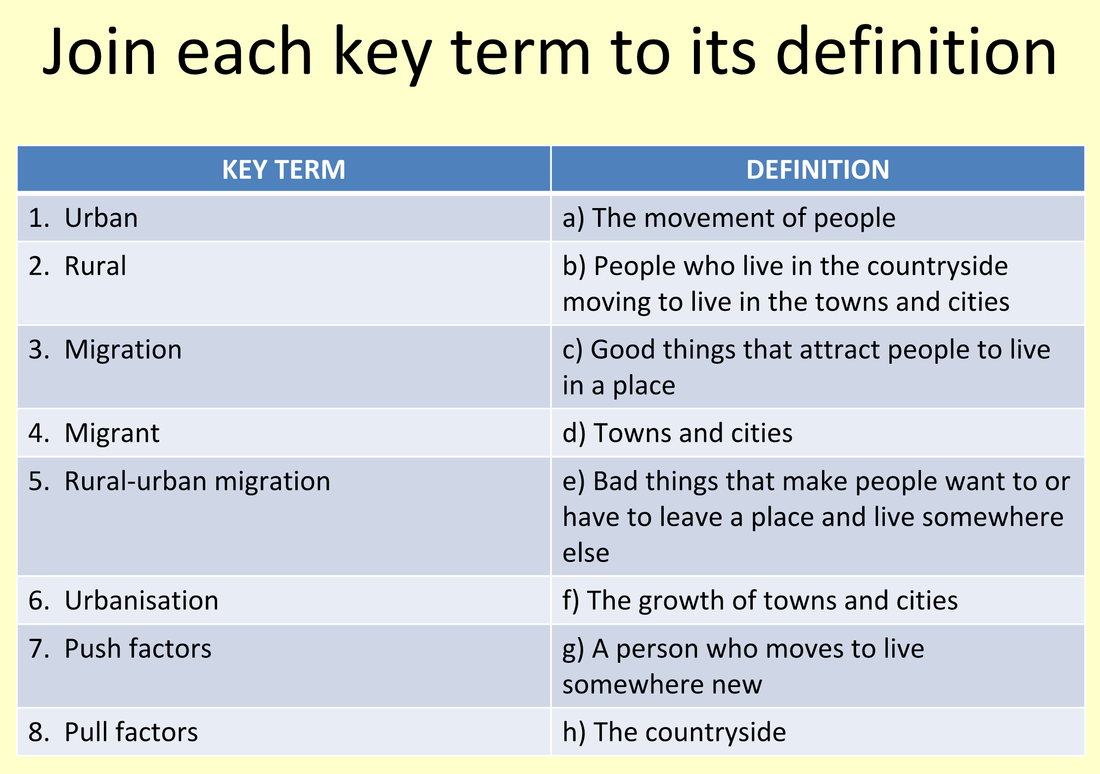africa the continent of contrasts
The Learning objective of this lesson is to learn about why Africa is known as a continent of contrast.
Success Criteria:
Know some of the physical and human differences within Africa
Understand that the countries of the world are divided into 7 continents
Be able to label satellite photos to show the names of the 7 continents; describe some of the differences within Africa.
Success Criteria:
Know some of the physical and human differences within Africa
Understand that the countries of the world are divided into 7 continents
Be able to label satellite photos to show the names of the 7 continents; describe some of the differences within Africa.
smart start: Label the continents
| Naming the continents (sen).pdf | |
| File Size: | 172 kb |
| File Type: | |
essential question: What do you know about africa?
Click here to take a online quiz: http://www.rgs.org/webcasts/activities_0109/what_is_africa.html
| Lesson Slides - A Diverse Continent | |
| File Size: | 1741 kb |
| File Type: | |
Kahoot quiz- https://play.kahoot.it/#/k/bd351efa-c9ff-410f-a0fe-aa45b0780e53
| What_I_know.docx | |
| File Size: | 30 kb |
| File Type: | docx |
JAMBO KENYA!
essential question: what are the physical features of kenya?
Natural Physical features are things like rivers, lakes and volcanoes.
The Learning Objective of this lesson is to describe and locate the physical features of Kenya
Success Criteria:
You will know what is meant by 'physical features of Kenya'
You will understand the differenece between physical and human features
You will be able to complete a map showing the location of some of Kenya's physical features.
Success Criteria:
You will know what is meant by 'physical features of Kenya'
You will understand the differenece between physical and human features
You will be able to complete a map showing the location of some of Kenya's physical features.
the great rift valley
lake victoria
Lake Nakuru
Helpful links to support your research:
http://www.magicalkenya.com/
http://www.worldatlas.com/webimage/countrys/africa/kenya/keland.htm
http://www.magicalkenya.com/
http://www.worldatlas.com/webimage/countrys/africa/kenya/keland.htm
Essential question: What is The climate of Kenya?
The Learning Objective of this lesson is to describe the climate of Kenya
Success Criteria: KNOW what the climate is like in Kenya, UNDERSTAND some of the ways that the climate affects the people who live in Kenya and BE ABLE TO complete a climate graph for Kenya and interpret some of the main features.
Success Criteria: KNOW what the climate is like in Kenya, UNDERSTAND some of the ways that the climate affects the people who live in Kenya and BE ABLE TO complete a climate graph for Kenya and interpret some of the main features.
DID YOU KNOW THAT EQUATOR IMPACTS KENYA'S WEATHER?......
How? The ‘Equator’ is an imaginary line that stretches around the middle of the earth and divides the world into a northern and southern hemisphere. Places on the Equator receive 12 hours of sunlight and 12 hours of night per day throughout the year AND do not experience the four seasons.
Did you know lines of latitude impact kenya's weather?
How? Lines of latitude go around the earth from east to west and tell you how far north or south of the Equator a place is. Lines of latitude have a big effect on the climate and weather of a country. The climate gets cooler as you move further north or south away from the Equator and you also get the four seasons (spring, summer, autumn, winter). As the latitude increases (e.g., Arctic and Antarctic) less sunlight is received and this means it’s colder.
you do:
complete a climate graph for Kenya and interpret some of the main features
| Examplar of finished graph | |
| File Size: | 302 kb |
| File Type: | png |
Using the climate graph you have completed answer the following questions in a kahoot, click on link below.
Essential question: how does the physical geography of kenya affect the distribution of its population?
Learning Objective: Describe and explain patterns of population distribution in Kenya.
Success Criteria: KNOW key terms e.g. densely and sparsely populated, positive and negative factors, population distribution, population density UNDERSTAND some of the factors that affect population distribution BE ABLE TO complete a choropleth map; describe and explain patterns of population distribution in Kenya.
Success Criteria: KNOW key terms e.g. densely and sparsely populated, positive and negative factors, population distribution, population density UNDERSTAND some of the factors that affect population distribution BE ABLE TO complete a choropleth map; describe and explain patterns of population distribution in Kenya.
essential question: why are people migrating from the countryside to the cities of kenya?
Learning Objective: Describe the causes of rural-urban migration in Kenya.
Success Criteria: KNOW what is meant by the terms ‘rural-urban migration’, ‘push factors’ and ‘pull factors’ and ‘shanty towns’. UNDERSTAND some of the causes of rural-urban migration. BE ABLE TO give examples of rural push factors; complete a piece of extended writing that demonstrates empathy
Success Criteria: KNOW what is meant by the terms ‘rural-urban migration’, ‘push factors’ and ‘pull factors’ and ‘shanty towns’. UNDERSTAND some of the causes of rural-urban migration. BE ABLE TO give examples of rural push factors; complete a piece of extended writing that demonstrates empathy
essential question: what are the problems caused by rapid urbanisation?
LEARNING OBJECTIVE: Describe the problems caused by rapid urbanisation in Kenya.
SUCCESS CRITERIA: KNOW THE MEANING OF KEY TERMS E.G. URBANISATION, SHANTY TOWN, MIGRATION UNDERSTAND WHAT WE MEAN BY THE TERM “SHANTY TOWN” BE ABLE TO DESCRIBE SOME OF THE PROBLEMS OF LIVING IN SHANTY TOWNS.
SUCCESS CRITERIA: KNOW THE MEANING OF KEY TERMS E.G. URBANISATION, SHANTY TOWN, MIGRATION UNDERSTAND WHAT WE MEAN BY THE TERM “SHANTY TOWN” BE ABLE TO DESCRIBE SOME OF THE PROBLEMS OF LIVING IN SHANTY TOWNS.
